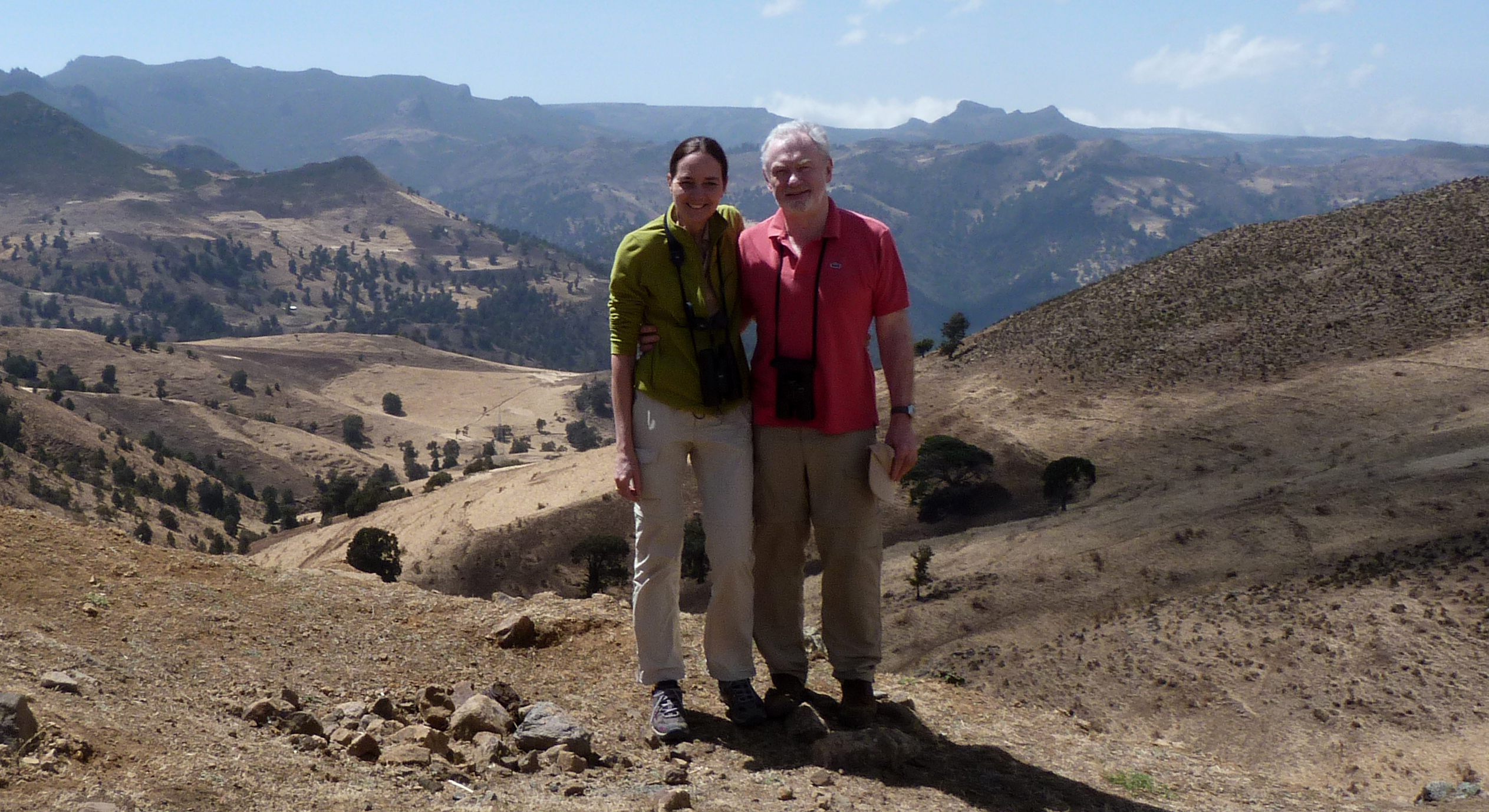Couchman group emeritus
Professor John Couchman became Prof. Emeritus at BRIC from 2017. His interests include how cell behavior is regulated by interactions with the extracellular matrix with which cells and tissues are in contact. The extracellular matrix, once considered inert, is now known to be a key influence on survival, proliferation, differentiation, adhesion and migration. One of the group's main focus areas has been to understand how receptors at the cell surface function, acting as sensors of the environment.

Interactions between cells and tissues and their surroundings are essential at all phases of multicellular animal development, homeostasis and tissue repair, and are often altered in disease. The goals of the Couchman group was to understand the functions of the cell surface receptors known as syndecans. They are implicated in a variety of diseases, including some cancers and cardiovascular disease. By dissecting their roles at a molecular level, the group worked to discover new potential for intervention.
For many years it was unclear how syndecans contributed to the regulation of cell behavior. A major breakthrough for the Couchman group, came with the discovery that these receptors controlled cytoplasmic calcium levels through a group of channels known as TRPCs. The group demonstrated the specific regulation not only by two mammalian syndecans but also the single syndecan of Caenorhabditis elegans, a powerful invertebrate genetic model. This in turn led to the information that calcium regulation by syndecans is an evolutionarily conserved function. Interactions with collaborators at The University of Oslo further revealed that the syndecan-TRPC axis may be intrinsic to a common form of heart failure.

Selected publications
Syndecan receptors: pericellular regulators in development and inflammatory disease. S. Gopal, S. Arokiasamy, C. Pataki, J.R. Whiteford and J.R. Couchman. 2021. Open Biol. 11:200377
Transmembrane proteoglycans control stretch-activated channels to set cytosolic calcium levels. S. Gopal, P. Søgaard, H.A.B. Multhaupt, C. Pataki, E. Okina, X. Xian, M.E. Pedersen, T. Stevens, O. Griesbeck, P.W. Park, R. Pocock and J.R. Couchman. 2015. J. Cell Biol. 210: 1199-1211. PMID: 26391658
Recent insights into cell surface heparan sulphate proteoglycans and cancer. J.R. Couchman, H. Multhaupt and R.D. Sanderson. 2016. F1000 Faculty Rev.1541 doi: 10.12688/f1000research. 8543.1 PMID: 27408707
Cell-extracellular matrix and cell-cell adhesion are linked by syndecan-4. S. Gopal, H.A. Multhaupt, R. Pocock and J.R. Couchman. 2017. Matrix Biol. 60-61:57-69. PMID: 27751945
Proteoglycans, ion channels and cell-matrix adhesion. I. Mitsou, H.A. Multhaupt and J.R. Couchman. 2017. Biochem. J. 474: 1965-79. PMID: 28546458
Calcium in cell-extracellular matrix interactions. S. Gopal, H.A.B. Multhaupt and J.R. Couchman. 2020. Adv. Exp. Med. Biol. 1131:1079-1102. PMID: 31646546


